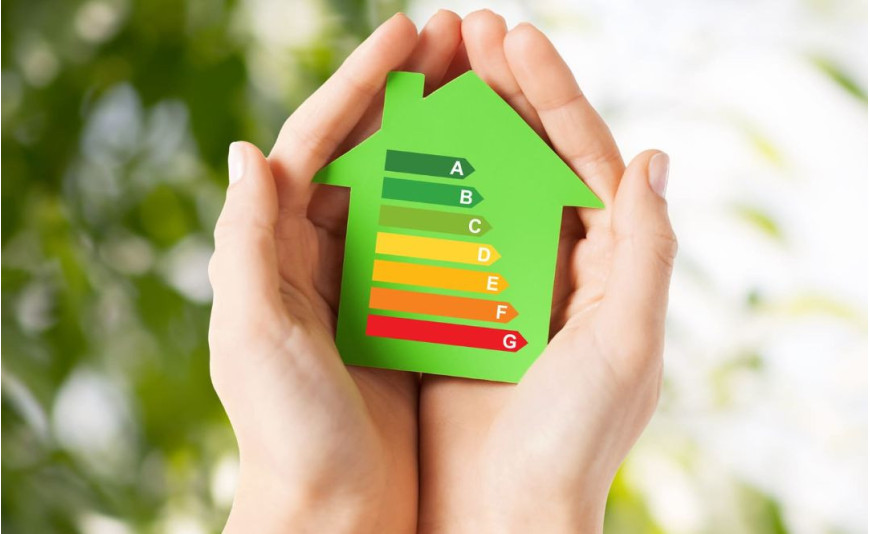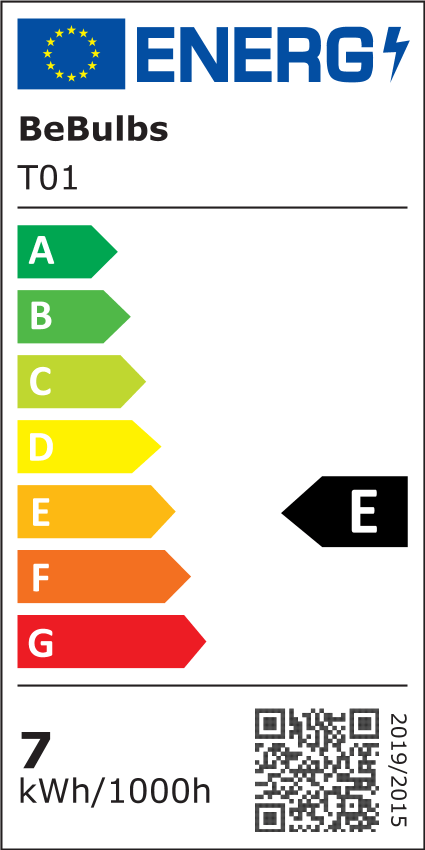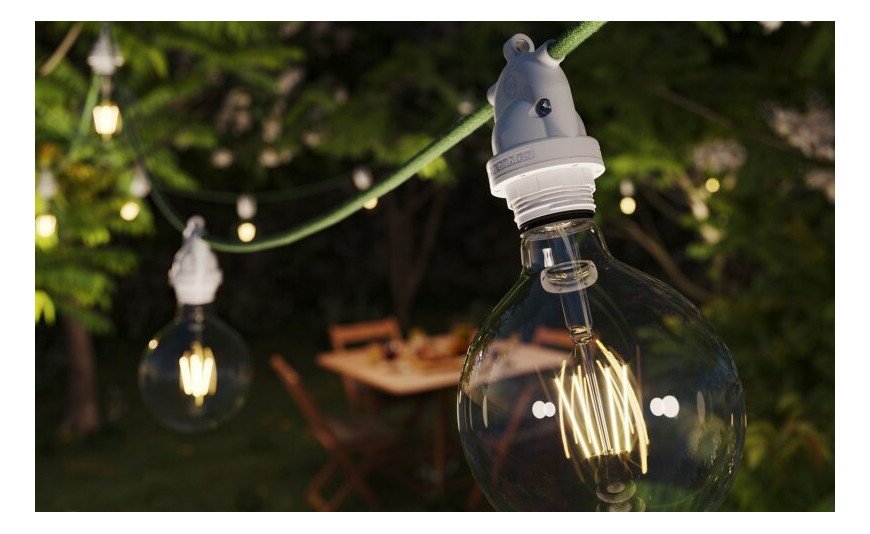Porównanie starych i nowych klas energetycznych
- 11 Wrz, 2023
- Dom , Przewodniki zakupowe , Ciekawostki
- 0 Comments

Given the increasing attention to the environment, more sustainable lifestyles, and energy saving, in recent years there has been a general improvement in the performance of products. This has also required a significant change in the energy labels of appliances and light bulbs.
The energy consumption of many products, in fact, at a certain point stopped being measurable with the efficiency scale that came into use in the 1990s. The products from the lower classes had disappeared over time and, on the contrary, the energy class A was no longer sufficient, so the A+, A++ (in 2003), and A+++ (in 2010) categories were gradually introduced.
Change in energy labels
The European Union has therefore decided to revise the energy labels made mandatory by Directive 92/75/EEC of the European Union in 1992, which came into force in Italy in 1998. These energy labels were characterized by a scale ranging from A+++ to G, where A+++ indicated the highest efficiency. In March 2021 and then in September of the same year, Regulation (EU) 2017/1369 updated the energy labeling system, optimizing and making the labels more complete and easier to read.

How to read the new energy class of LED light bulbs?
The regulations require labels that provide a more accurate assessment and enable consumers to make informed decisions when purchasing energy-efficient light bulbs.
The information on the label includes:
- 1. Supplier's name
- 2. Product model name
- 3. Energy scale from A to G, colored from green to red – from A (best) to G (worst). The “+” signs have been removed to make reading easier
- 4. Energy efficiency class of the product
- 5. Energy consumption when on for 1000 hours, expressed in kWh
- 6. QR code, which provides access to product information in the European Product Registry for Energy Labels (EPREL).
Additionally, product packaging includes icons or additional texts that provide information about the characteristics and performance of the light bulbs. These may include light intensity, the color of light emitted by the light source, the wattage equivalent of a traditional light bulb, or the estimated lifespan in hours.
Are E class or lower light bulbs inefficient?
No, even though the remapping of classes may at first seem like a downgrade of the product. Light bulbs of the old A+ class or lower have moved to the F or G classes of the 2021 label. The A++ ones have mostly moved to the new E class. And according to the new criteria, only a few light bulbs have entered the energy class D. However, the light bulb itself has remained the same, as well as the consumption and efficiency. The only thing that has changed is the energy scale, which has become more stringent.
The Commission emphasized in a note how the new scale was designed so that upon its release, very few products could achieve the ratings "A" and "B." This was to prevent this labeling from becoming obsolete or needing to be revised shortly, as more performing products gradually enter the market. At the launch of the new label, the most energy-efficient products on the market were classified as "C" or "D."
It must be considered that with LED light bulbs, energy consumption can be reduced by up to 90% compared to old incandescent light bulbs. The new scale takes these differences into account, resulting in significant long-term savings on the electricity bill for the user.
Have the energy labels changed for all appliances?
Yes, the new energy labels are not limited to just light bulbs. They can be found on a wide range of electronic and electrical appliances, such as refrigerators, washing machines, air conditioners, and televisions. This allows consumers to easily compare the energy efficiency of different products and make more informed choices.
In conclusion, the new energy classes of light bulbs can be a more accurate guide to efficiency and energy consumption. Reading the energy labels carefully, including the QR code, and preferring higher energy classes is the best way to reduce consumption and contribute to overall energy savings.
You must be logged in to post comments














0 Comments